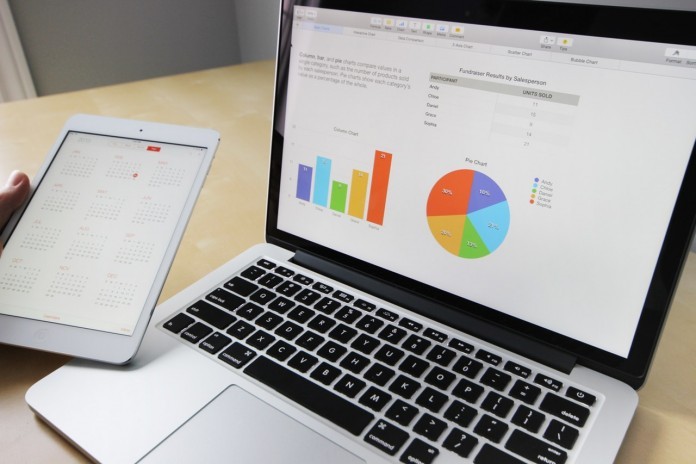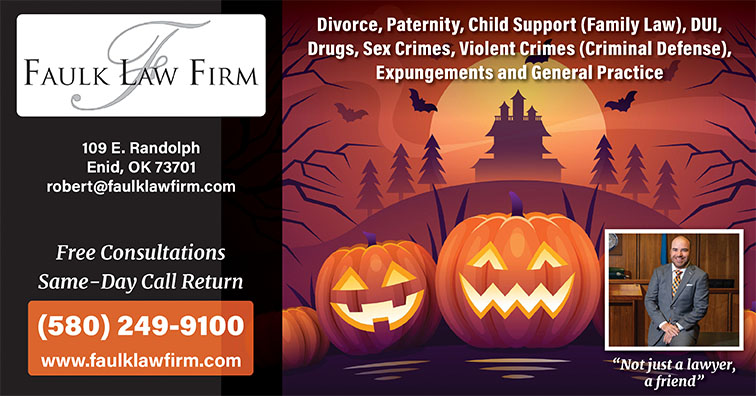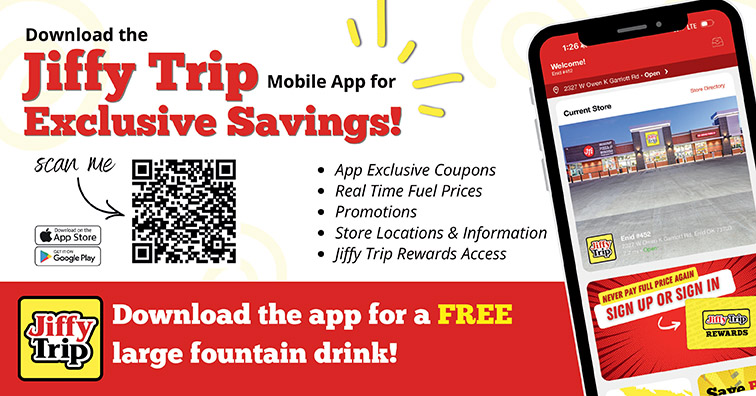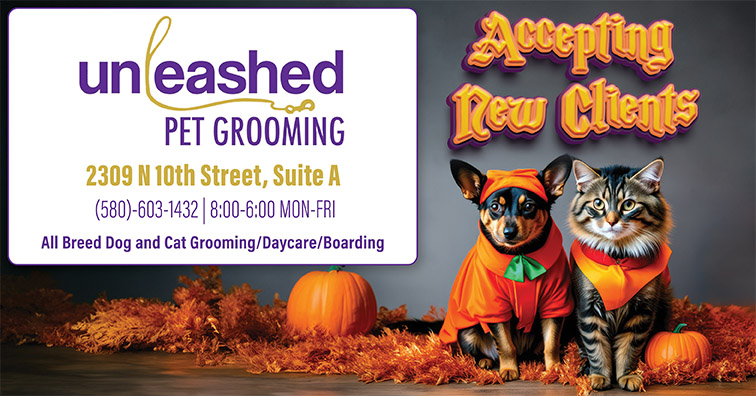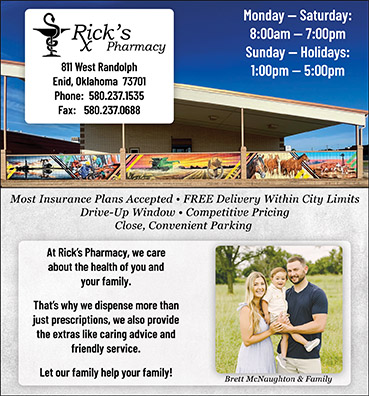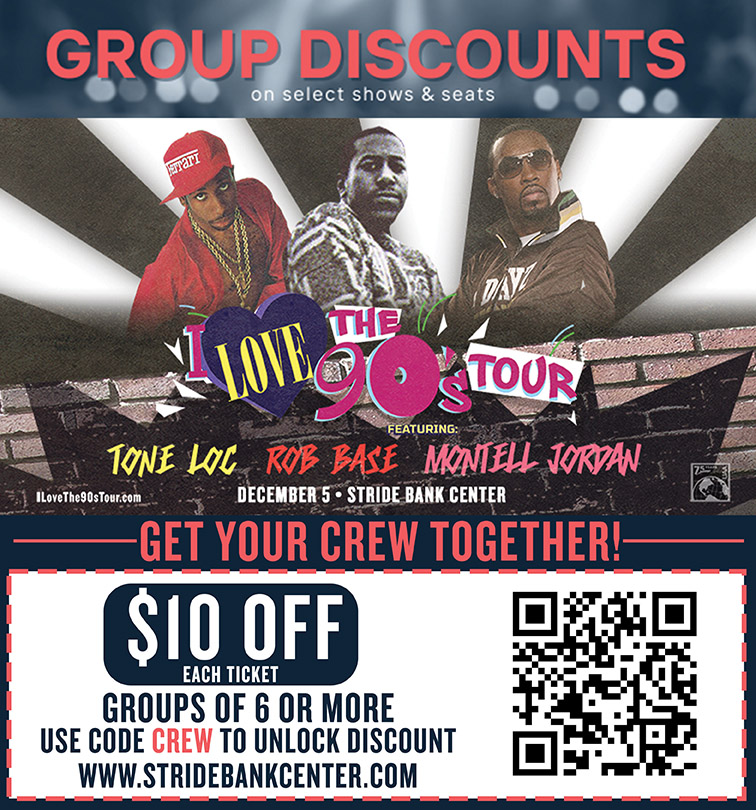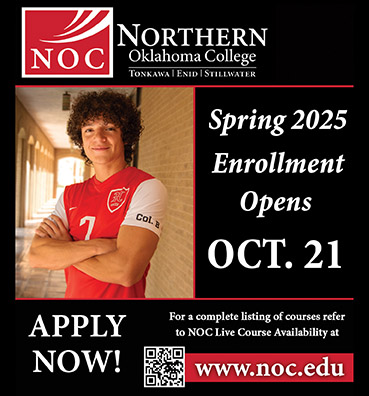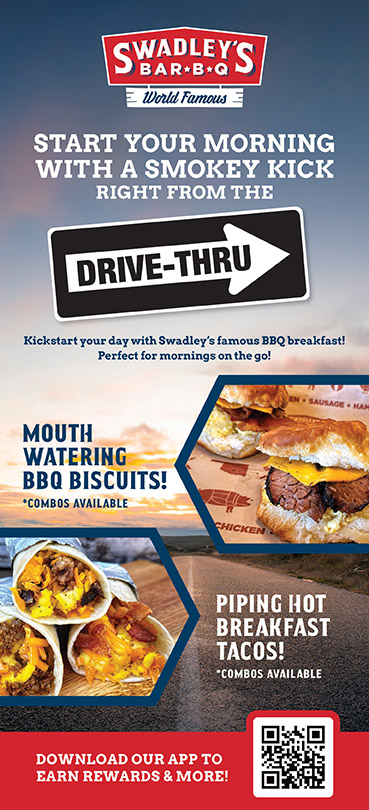You need more than likes, comments, and shares. You need new customers.
This is a sentence included in most proposals I send to potential clients. I stand by the fact that anyone examining Facebook engagement data should see a sales report as significantly more important…Yet, reach still matters.
Imagine with me, if you will, a meeting room full of people giving project updates.
“And, we had 105,000 engagements in two weeks on the YouTube Ad,” I report excitedly.
“Is that good?” The Business Owner responds with a blank expression, much to my dismay.
*Silence*
“I just genuinely have no idea,” he responds.
“That’s the most effective Google Ad Campaign I’ve run.”
Some time passes.
“We’ve engaged nearly 250,000 people on Facebook in the last seven months,” I say.
“Now, that’s amazing! That’s a quarter-million!” he responds.
In this campaign, Google engaged more than nine times more people in 10 days than Facebook. I left the room thinking, “How can I show him that, while the second number was higher, we’re talking 10 days versus 210 days? This makes the first number immensely more impressive.”
The balance between conversions (people who turn into customers) and reach (people who see your advertisement) is obvious: 20 social media followers who turn into 15 customers is more impressive than 10,000 followers who turn into 12 customers. Conversion is always more important.
Here’s where the gibberish comes in:
Reach remains vital. Reach is the first step in the journey, but engagement is the only way to take the 20 and 15 and turn them into 10,000 and 8,000!
“We surpassed our expected reach by 5,000, and we made three more sales than predicted! I’ve attached a PDF presentation with a breakdown of the data,” I said in a recent email.
“My supervisor forwarded this to me and asked me to explain what it means,” I received back.
I’ve learned that terms and definitions are the biggest hindrances to successfully presenting data to clients. In an effort to not be a buzzword dropper, I’ve started breaking down terms to better explain reports.
Digital marketing reports matter because they tell you:
- Whether you’re reaching your target audience.
- If you are reaching your target, what your target likes and doesn’t like.
- What your customers engage with and actually buy.
- What your customers engage with, but never buy.
- Whether you’re correct about your target audience.
- Wait, turns out this demographic likes my product more!

On that note, I’m a firm believer in sending real, honest reports to clients, even if the numbers are bad. It’s the only way to learn what’s going wrong and what needs to happen to make things go right. Often, you need one bad month of a campaign to get to the great months!
So, here we go! If you use social media to promote your business, the handy little Insights button on your menu will allow you to see how your page performed within specific dates. The terms below will help you translate:
Reach – The number of unique human beings who saw your post or ad online.
Impressions – In Facebook and Google, this is the number of times your post or ad was seen, including repeat views by the same person.
Engagement – Reactions, comments, shares or clicks on your post or ad. This is the number of times it was actually engaged with.
Target Area / Geofencing – Geofencing is a fancy-sounding term. It can be complex, with new tools allowing you to geofence specific floors in specific buildings. At its core, Geofencing is targeting a group of people in a specific area. A Facebook Ad run to only be seen by people in Enid = geofencing.
Followers – Someone who clicks to like or follow your page, bringing your posts into their unique newsfeed.
The Follow button is becoming less and less relevant. In the world of pay per click and pay to be seen, many people find that their views on individual posts far surpass their number of followers. This is because Facebook allows you to target and reach people who haven’t agreed to follow you yet.
Clicks –This is mainly a Google term. Your Google Ad report will tell you how many people clicked on your ad. This is valuable information and shows clearly the success of the campaign.
This can also be used in Facebook and Instagram Ads, as the Ads track link clicks.
Conversions – People who your ad reached, who engaged with it, then clicked on the call to action, and finally became a lead or customer – making them a conversion.
If you have a high reach and low conversion, you should ask questions about your product, including its price and description. If you have low reach, but a high percentage of conversion, you should ask some technical questions about how your ad is set up.
If you’d like to talk more about deciphering campaign data, gaining reach, and ultimately conversions, email me at elizabeth@wordygirl.com. Mention this article for a free consultation!







